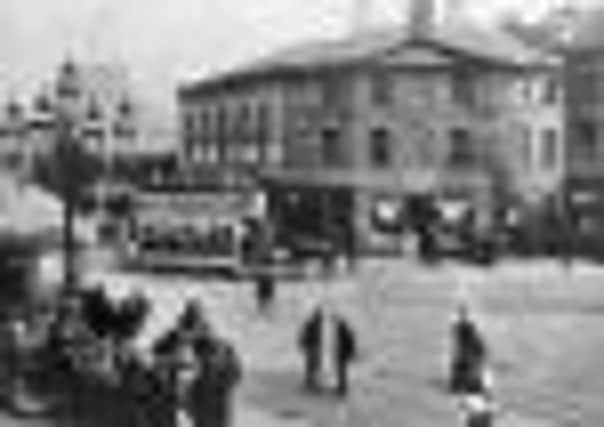Nostalgia: A Leith Walk down memory lane


Beginning life in 1650 as a defensible rampart that halted Oliver Cromwell’s march, the street remained largely rural until a burst of tenement construction between 1870 and 1880.
Before this, gallows were located at Shrub Hill, the site of many notorious executions, including that of self-confessed warlock Major Weir, who was put to death after locals testified he had been seen walking down the street with his stick floating in front of him. He was buried at the base of the gallows, as was customary in those times.
Advertisement
Hide AdAdvertisement
Hide AdIn 1763, the Botanic Garden was moved to a site accessible from Haddington Place on Leith Walk, before being moved again to their current Inverleith site in 1820.


Ironically, Leith was one of the first and last places in Edinburgh to have a tram. The year 1905 saw the maiden voyage of Scotland’s first electric tram, which terminated at Pilrig Church, where passengers had to disembark and re-board a cable drawn car. Though the whole system was electrified in 1925, the trams were retired in 1956 due to their “inflexibility”.
The City Limits Bar, formerly the Boundary Bar, stands on the old dividing line of Leith and Edinburgh. Prior to 1920, when Leith and Edinburgh merged, customers could walk from the Edinburgh side of the bar to the Leith side to carry on drinking after 9.30pm.